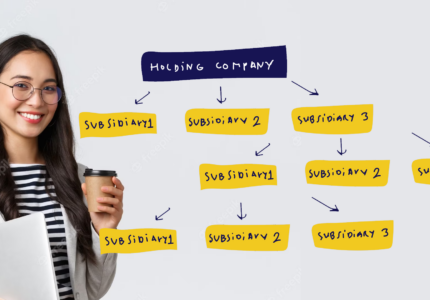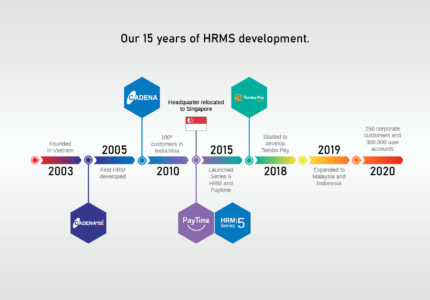Rowing boats are great for illustrating management and leadership situations and challenges so let’s paddle around a bit on this topic. Remember that teams consist of individuals who deliver the best results if and when they do something they like, they’re good at and feel appreciated.
Let’s assume we’re in a boat with 10 rowers, there’s a captain but he rows as well. So technically there’s no dedicated manager but he (let’s assume it’s a he) is supposed to lead the team to wherever it’s supposed to go, set the pace, etc.
The team is rowing, and the boat is moving but on close observation, we will likely see that 1 or 2 people fully go for it and do most of the work, 1 or 2 people don’t really want to be there and actively or passively obstruct the progress while the rest is at times rowing, at times talking, looking around, paddling a bit and in general not very focused.
So, the results are not up to the expectations of higher management, shareholders, customers, and other stakeholders and it’s decided that more coaching is needed. The captain stays in charge and keeps on rowing but one of the rowers is replaced by a dedicated coach; a type with a megaphone, giving (or sometimes shouting) instructions and setting the pace. Temporarily the results go up, the boat goes faster and rowing is more focused but motivation goes down across the board (or across the boat in this case).
After a while, the results go down again and top management decides to hire a consultant to sit on the boat, analyze the situation and come up with additional measures to improve performance. Now there are 8 rowers – including the captain – a pacesetter/coach and a performance analyst. These last 2 individuals are not rowing.
Something similar as before happens again, motivation is still low, and performance goes up for a while but sinks back to the original level after some time.
This story will ring a bell for most of you and you all know the solution. Right? What is better than to go back to the basics, find the right people, let them do what they like and what they’re good at, and make sure they’re appreciated… that’s what I wrote at the beginning of this story already. So why do organizations often not do that? Why do they hire consultants, coaches, and other peripheral types instead of just working with the team?
We can analyze this from a management perspective, and a coaching angle, and review it in the light of corporate culture but – we are specialized in HRM after all – let’s look at what an HRIS can do to help.
Let’s start with the misconception that people can be motivated. Well… if there’s a conducive work environment, an inspiring leader, a successful company, etc., etc. likely an employee will be motivated. But that is something he or she does him or herself. Management has influence over many factors, but if that results in motivation in an employee is up to the individual.
That implies that a company needs to start to get the basics right: make sure salary is paid on time and correctly, that leave is easy to apply, and that rosters can be viewed and understood. That seems like an open door but the reason Cadena is so successful in SE Asia is that many companies are still working on getting these basics like payroll, leave management, time & attendance, and employee self-service in place.
Once that is done other elements of an HRIS can be deployed; think of appraisals, performance management, and employee feedback. All with the purpose of creating a well-organized environment in which the right people are hired and can excel.
We’re happy to share our experiences and are always interested to hear your views.








